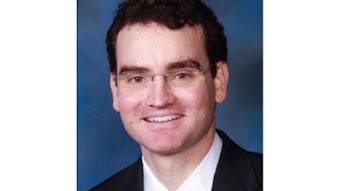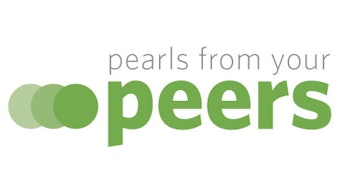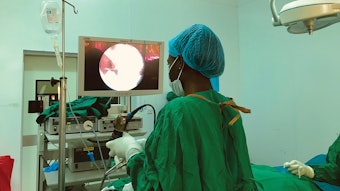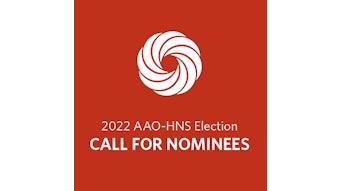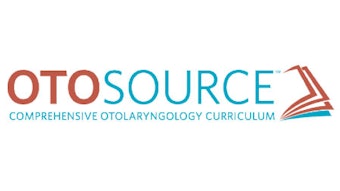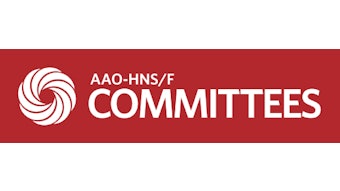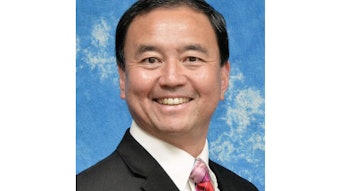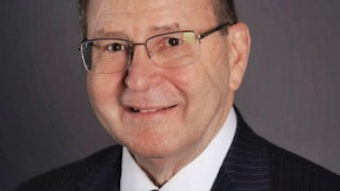What Is 3P?
3P seeks to obtain fair reimbursement for new procedures, advocates for proper reimbursement from private payers, and updates Position Statements.

Membership
3P membership includes a broad range of Academy physician leaders, including Current Procedural Terminology (CPT) and RVS Update Committee (RUC) advisors, alternates, and panelists, as well as experts on quality, private payer advocacy, and socioeconomic advocacy. Additionally, there is representation from the Board of Governors (BOG) and nonvoting representation from the Administrator Support Community for ENT (ASCENT).
As federal and private payer priorities shift, 3P membership and roles are updated accordingly. Membership includes general otolaryngologists and sub specialists, as well as academic and private practitioners, to ensure a diversity of expertise and perspectives. Although it is not possible to represent every subspecialty concurrently, it is common for the Workgroup to consult relevant Academy committees to ensure proper analysis of clinical and policy issues as they arise.
Reimbursement Policy
A primary role of the 3P Workgroup involves obtaining fair reimbursement for new procedures. This is a multistep process that can result in the creation of new CPT codes. However, it is important to note that reimbursement can also occur without a CPT code if devices receive an assigned Healthcare Common Procedure Coding System (HCPCS) code.
Applications for new CPT codes usually reach 3P through one of two routes: Academy members either submit a New Technology Application, or industry representatives approach the Academy to present their proposals.
In both cases, given sufficient and reasonable time for analysis and consideration, 3P and Academy leadership jointly review draft applications. Submission is considered for those proposals that fulfill the requirements of both the Academy and the American Medical Association.
After new CPT codes are created, the Academy’s RUC advisors work with 3P to determine Academy membership subgroups to be surveyed based on the corresponding procedure. Survey results are then used by the Academy’s RUC advisors to aid in valuing new codes that are presented to the RUC and then the Centers for Medicare & Medicaid Services.
Private Payer Advocacy
Another critical element of the 3P charter is the Workgroup’s efforts related to private payers. Private payer advocacy is not limited to new procedures and devices, but also addresses changes to existing coverage policies that members raise to Academy leadership and staff. Payer issues can stem from a wide array of underlying reasons, for example, the inappropriate application of a policy or the use of modifiers.
Members of the 3P Workgroup review the policies in question. If they are found to be contrary to current evidentiary support, the Workgroup will further research the issue and develop arguments designed to revise the policy. When policies are updated, the 3P Workgroup advocates for the most current references, Position Statements, and other peer-reviewed documentation available on a specific procedure to serve as evidentiary support. 3P has a similar advisory role for federal regulations—most notably those addressing the Medicare Physician Fee Schedule and Hospital Outpatient Payment System—that directly impact reimbursement for the specialty. Ultimately, 3P’s leadership on payment advocacy issues is of great value to Academy members by promoting optimal clinical standards of care and fair reimbursement.
AAO-HNS Position Statements
The updating and approval processes of Academy Position Statements are another core activity of 3P. Generally, Position Statements are written to aid in fair reimbursement from private payers, and many private payers cite Academy Position Statements when policies are created or updated. In limited instances, Position Statements are written for other purposes, including when government agencies approach the Academy for statements on a particular device or procedure.
Position Statements originate at the committee level for initial drafting and are subsequently reviewed by 3P. During the review process, 3P may send questions or proposed edits back to the committee of jurisdiction, and the cycle continues until consensus is reached. Position Statements that are approved by 3P are then reviewed by the Executive Committee for final approval.
3P also reviews surveys that have a policy component following an Academy approval process. Once 3P receives the surveys, they undergo a similar review process to Position Statements.
Although the above outlines the primary portfolio of the 3P Workgroup, it is not exhaustive, and there are often ad-hoc issues raised that fall under the Workgroup’s scope of work. Academy leadership values 3P input on myriad policy issues and papers, including position papers from collaborating organizations and general coding resources for membership.
Any questions or requests for additional information on the role of 3P can be sent directly to Health Policy Advocacy Staff at healthpolicy@entnet.org.

